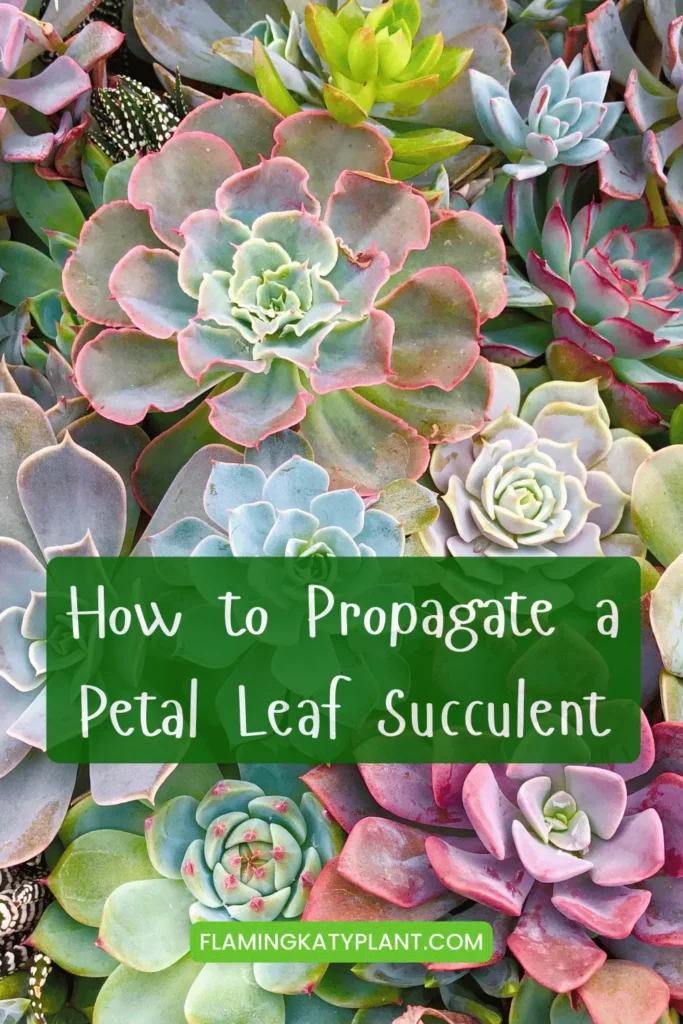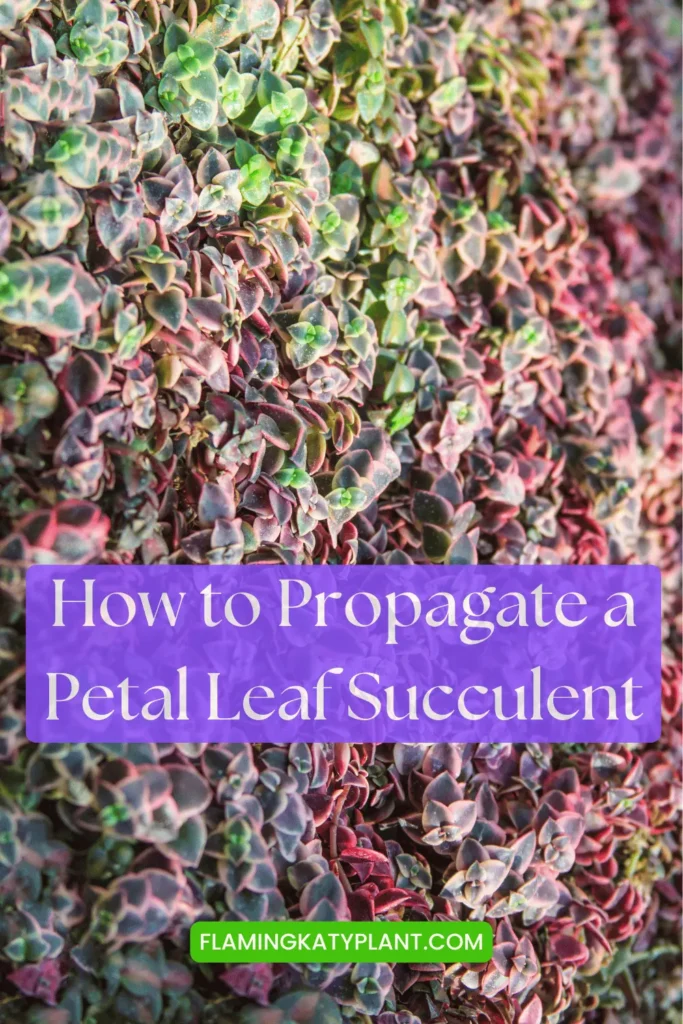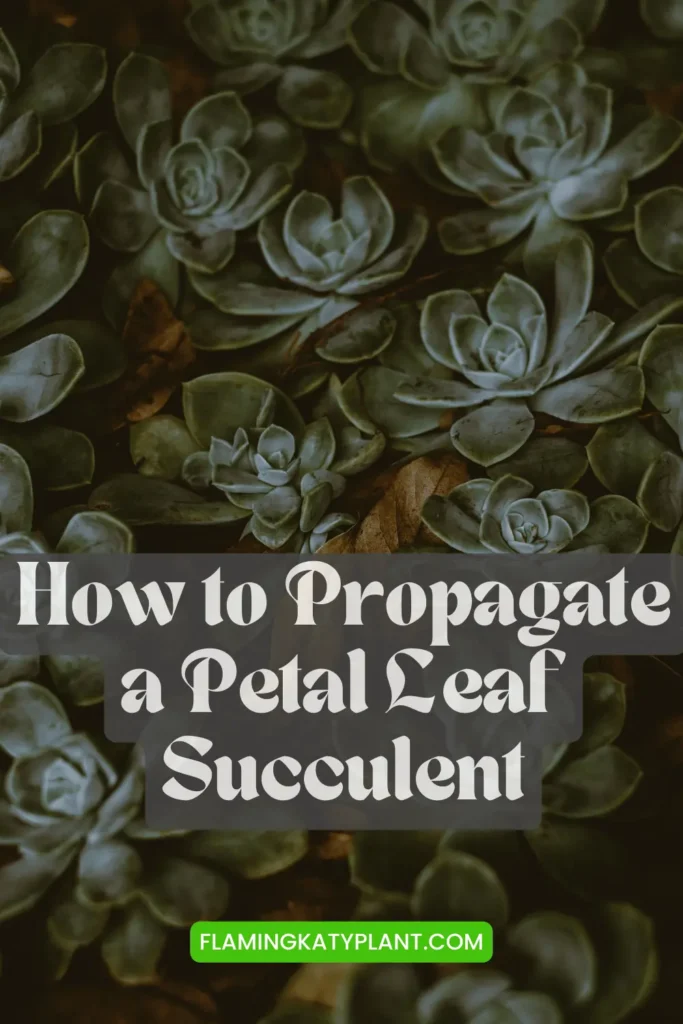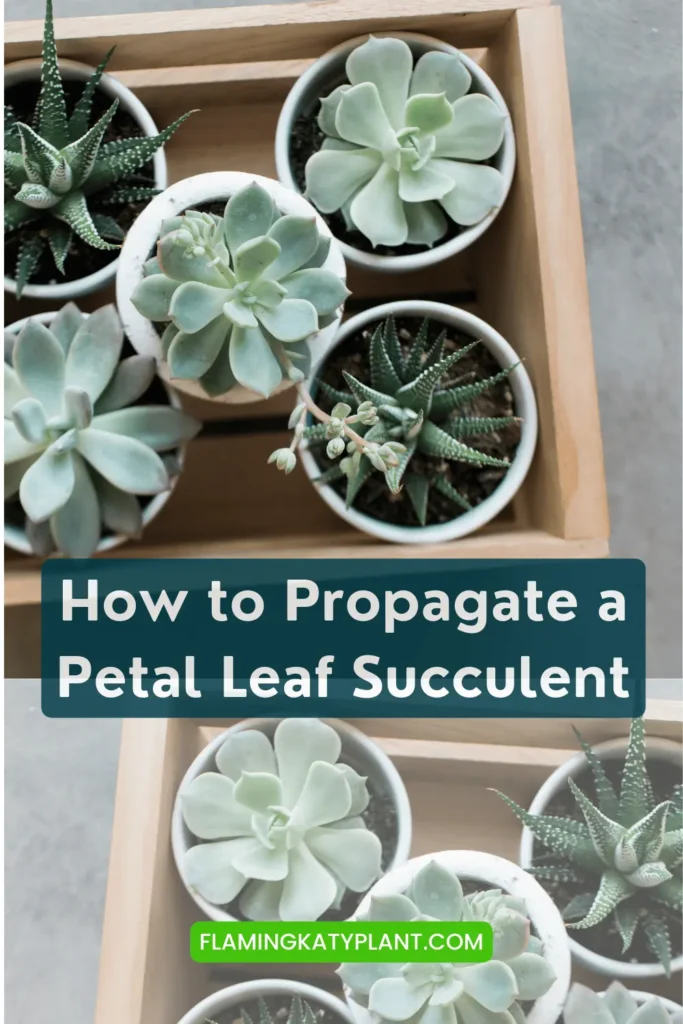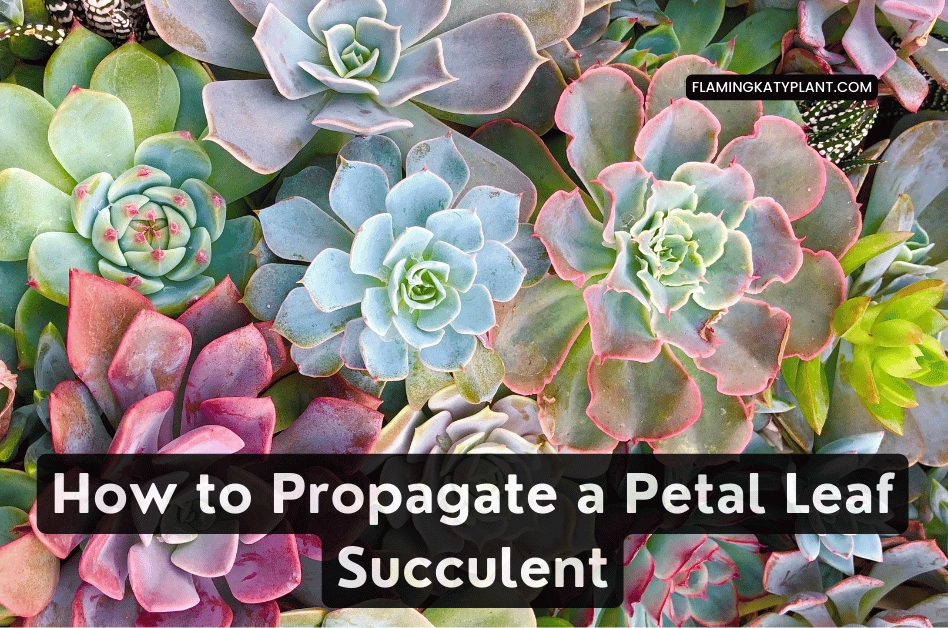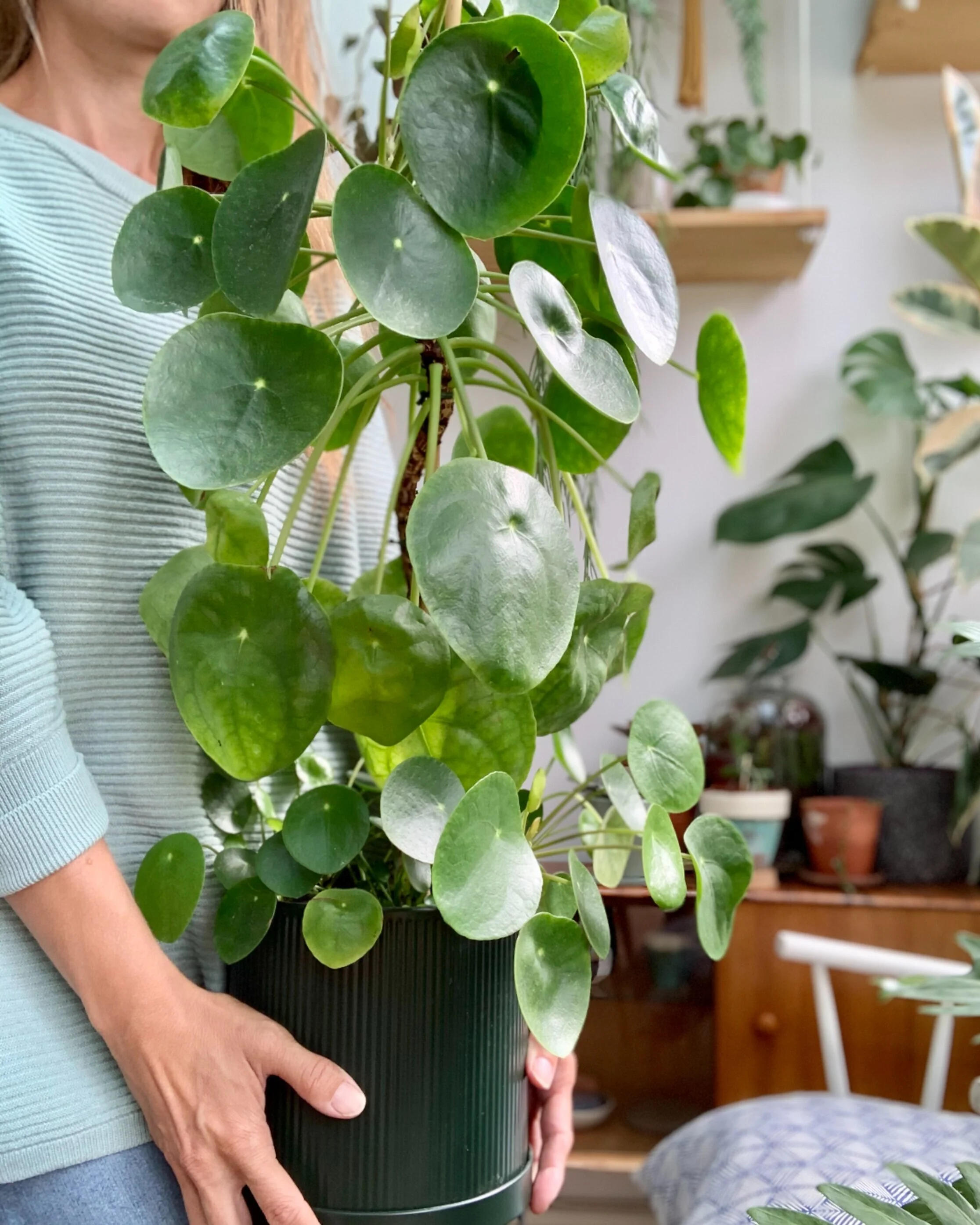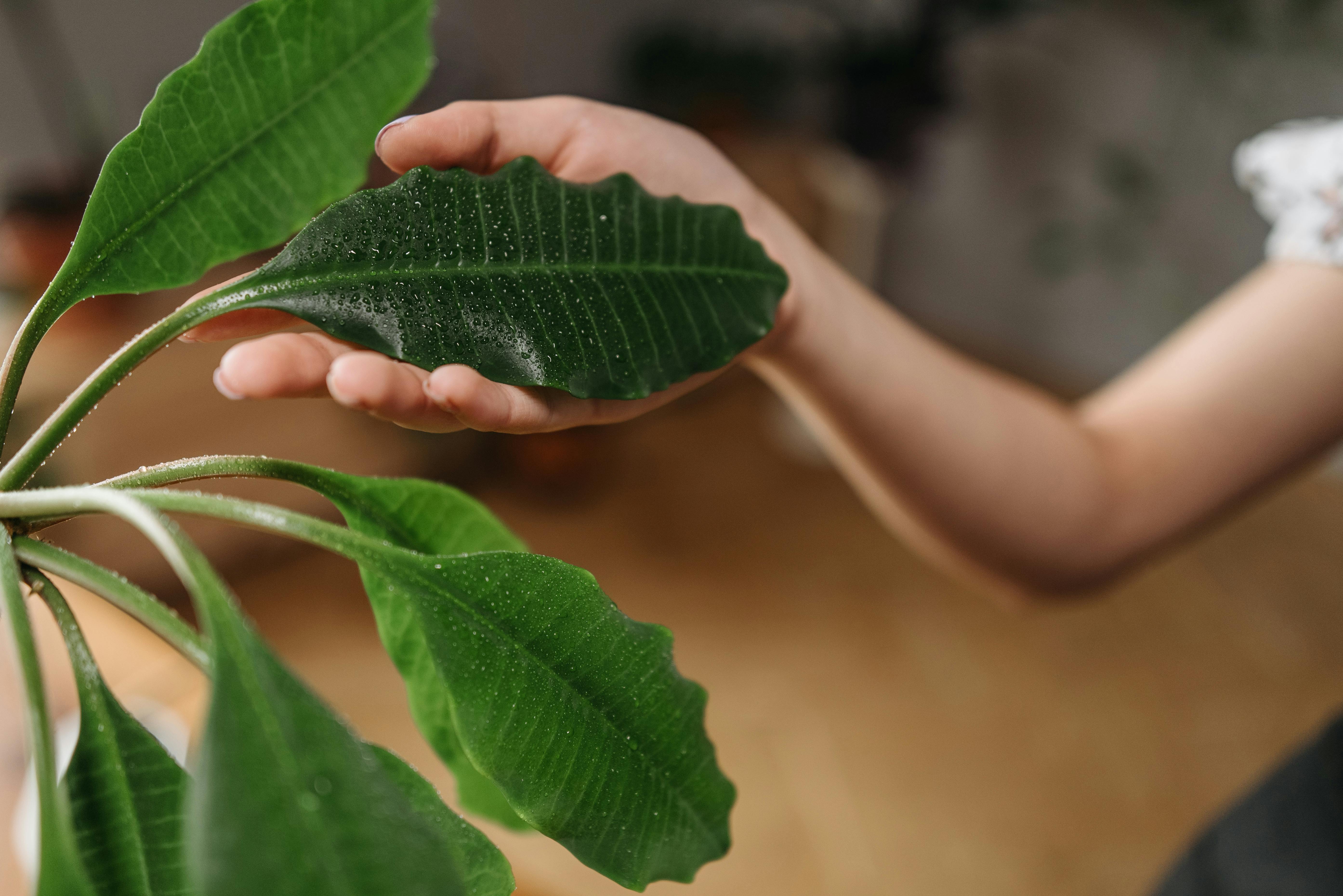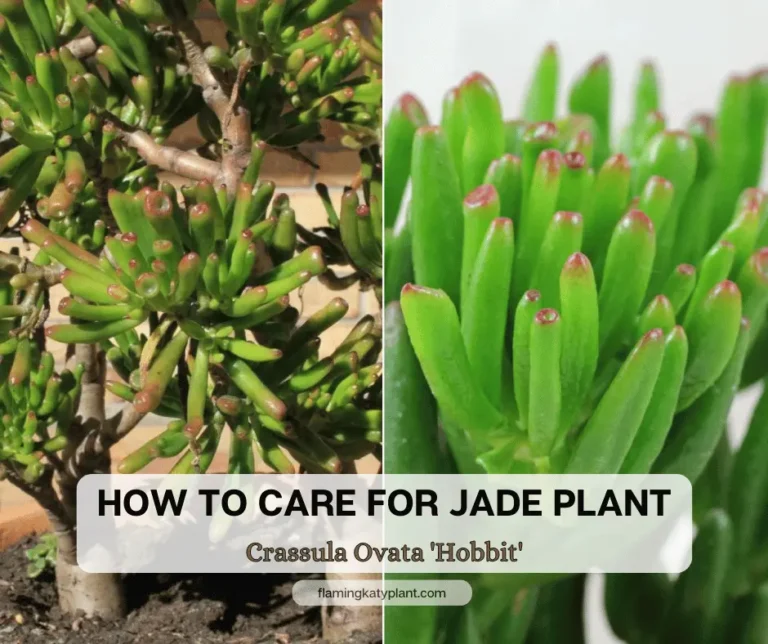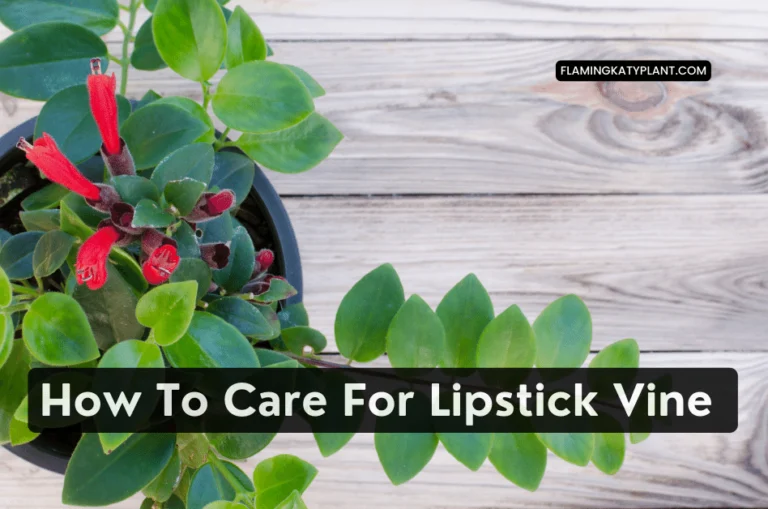How to Propagate a Petal Leaf Succulent
This succulent is relatively easy to grow and can be used as a container plant. However, you should be careful when planting it outdoors because it is susceptible to a number of pests and diseases. It can become infected by mealybugs, which are small, white insects that quickly wilt the succulent plant. If you notice these insects, you should remove them with a cotton swab dipped in rubbing alcohol. One of the other main problems with this succulent is root rot. You can see this by looking for brown or mushy roots.
The soil should be well-drained between waterings. Succulents are drought-tolerant and can form offsets for additional plants. When choosing a pot for your new plant, choose one that has drainage holes. Otherwise, excess moisture will cause root rot. Also, choose a succulent mix made from sand, perlite, or potting soil.
Another thing to look for when buying a petal leaf succulent is the size of the pot. A pot too large will cause the plant to wilt, while a pot too small will prevent it from growing. A pot that is the correct size for this succulent is a perfect balance between the plant’s size and the pot’s drainage.
The Gibbaeum petal leaf succulent comes in a variety of colors and is commonly found in sunny windows. It’s a relatively easy plant to propagate from stem cuttings. Cuttings should root within two weeks. For best results, choose a sunny location and keep it moist.
Portulaca molokiniensis is native to the Molokini Islands and features beautiful yellow and red flowers. They are also relatively low-maintenance, and don’t require much water. Be sure to soak the soil well before watering to keep them healthy and happy. If you’re new to succulent gardening, the Portulaca is a good choice.
A petal leaf succulent is a beautiful succulent plant. Its layered, petal-like leaves are reminiscent of green roses. They grow very quickly and form a bonsai-like structure. However, they are not drought-resistant and must be regularly watered to ensure their continued growth.
This succulent is hardy in USDA zones 9-11. The leaves are round and furry with red or purple tips. In addition, it is an attractive hanging or creeping species. The leaves are covered with pearl-like or pea-like green balls. It is a member of the Asteraceae family.
